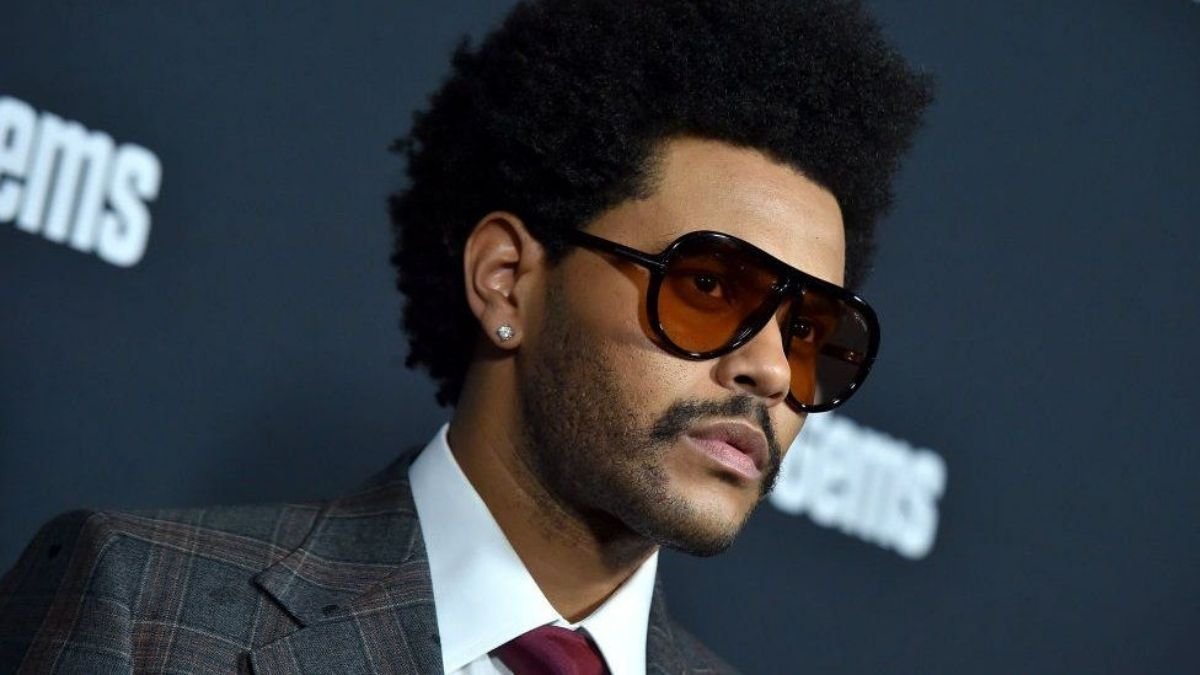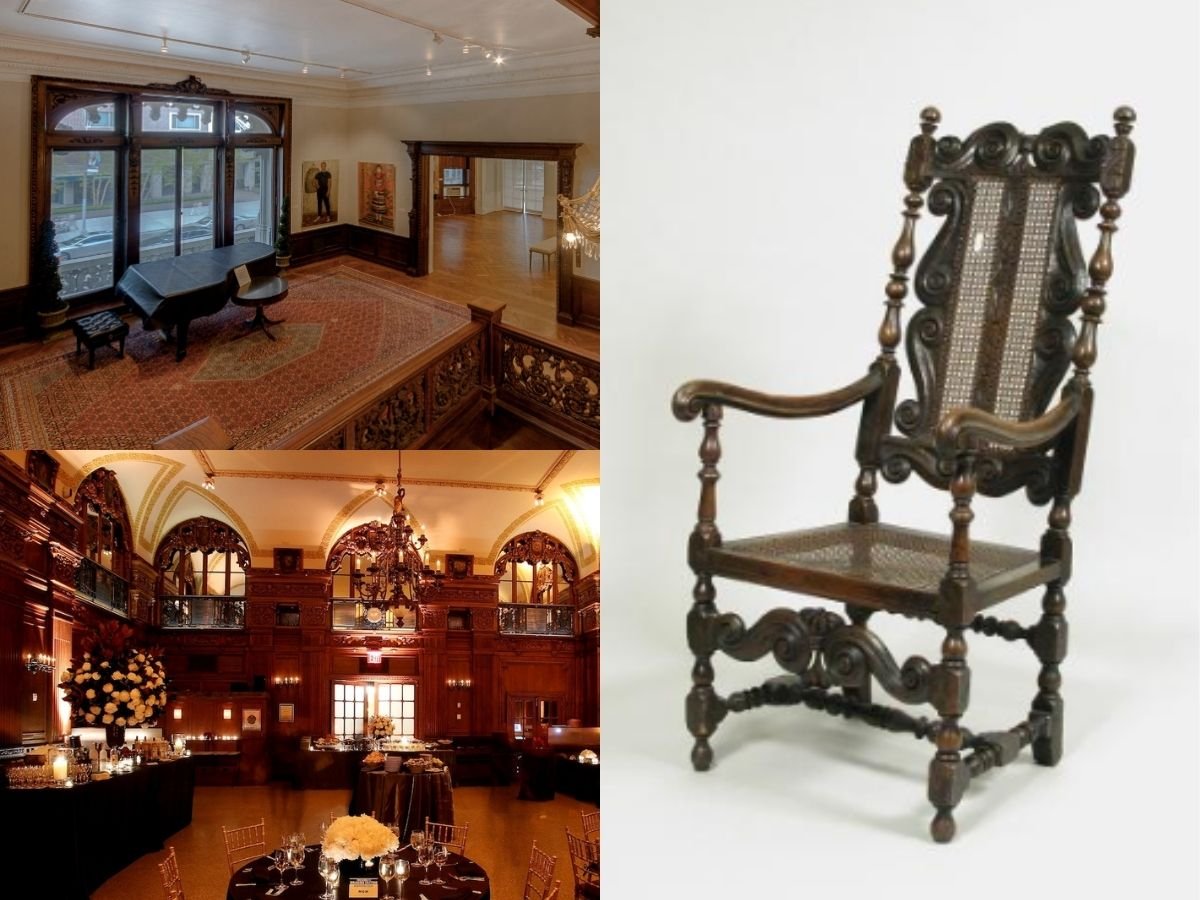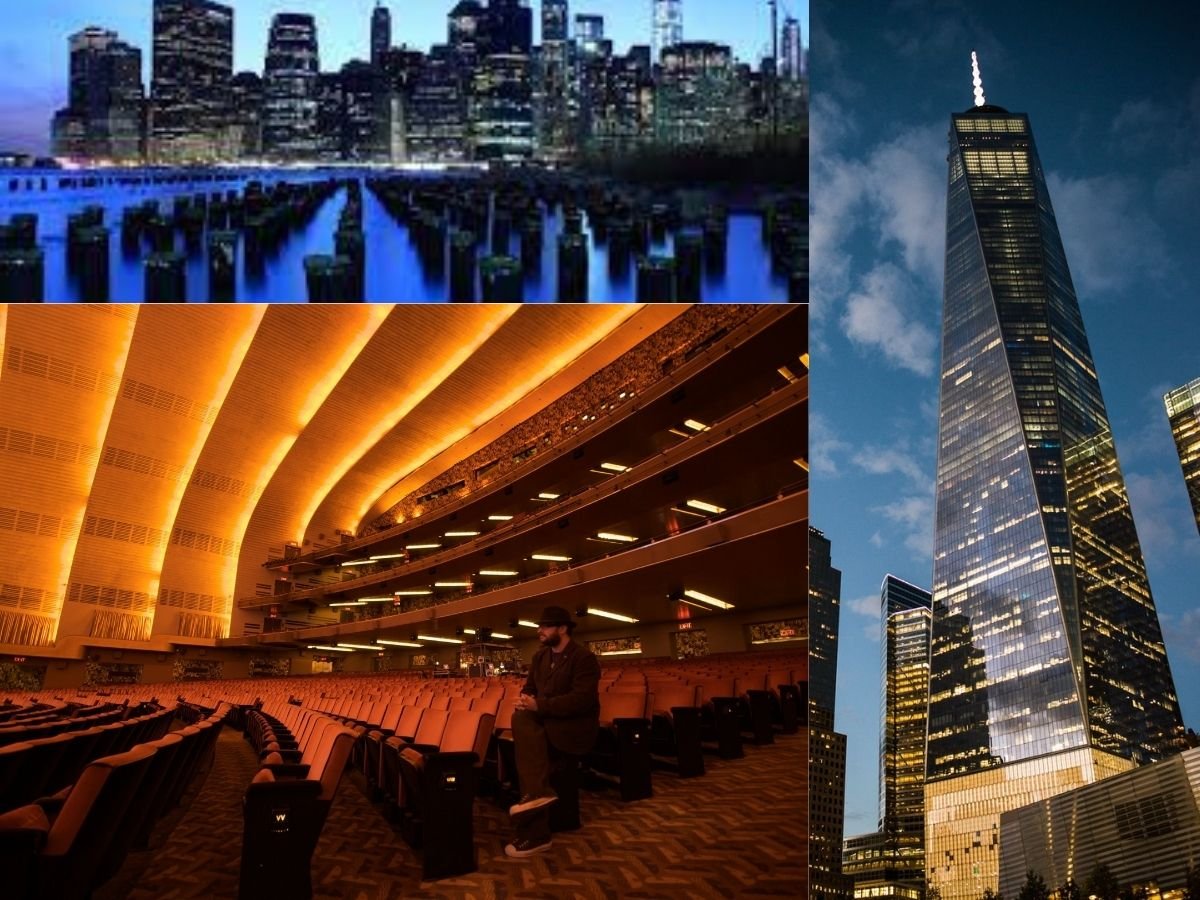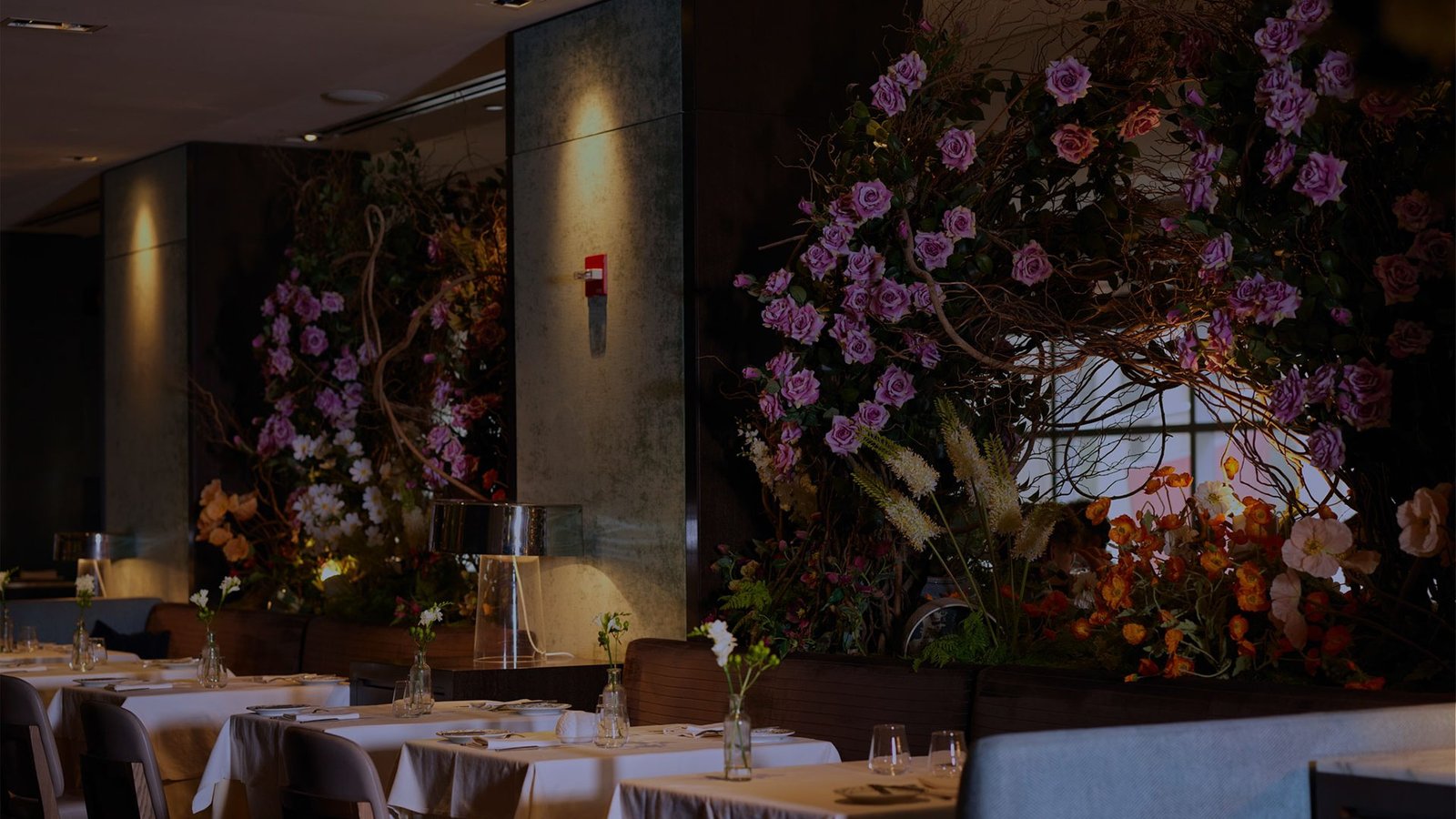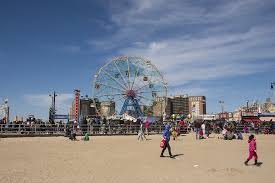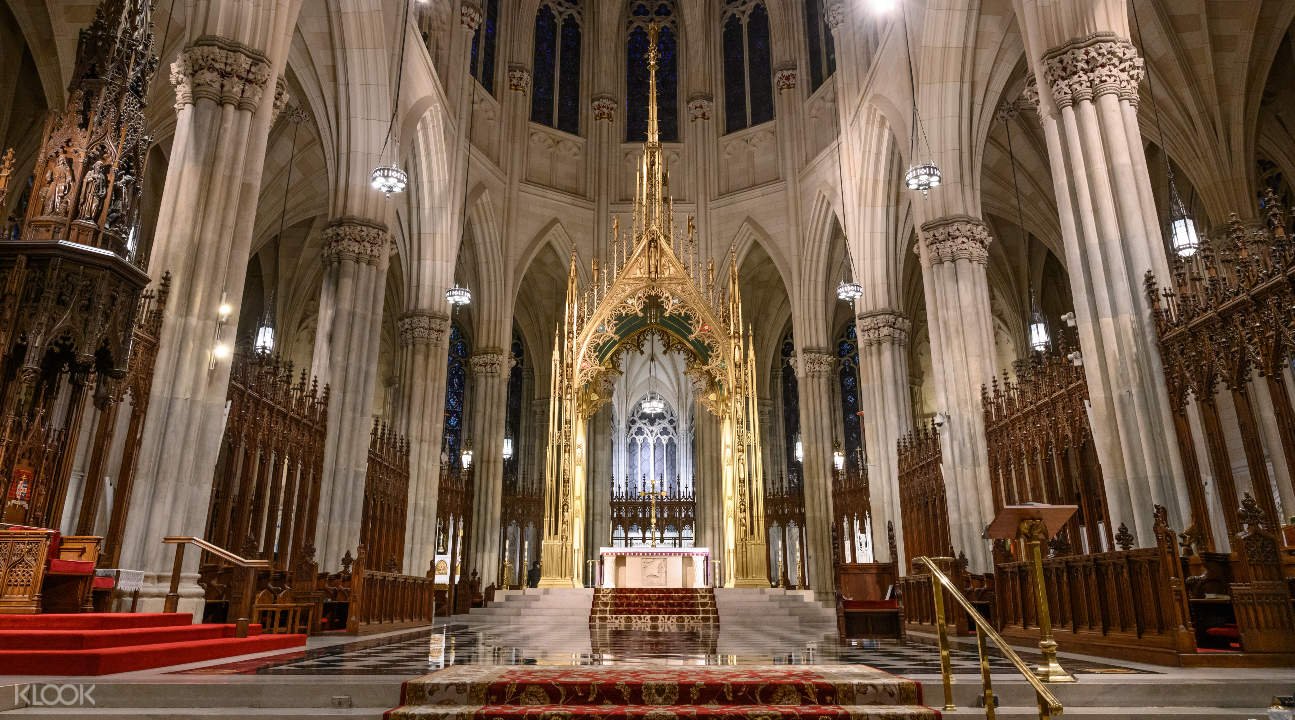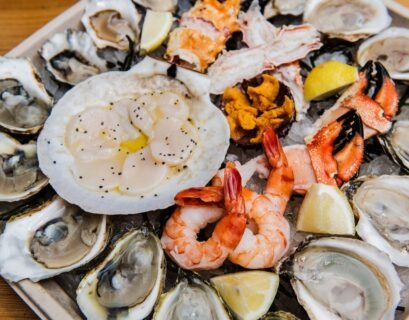This past Sunday marked the arrival of the first vessel in NYC’s newest fleet of ferries. The ferries are to be used by commuters once the route has been inaugurated. However, the arrival of the initial ferry was delayed by its voyage through muddy Floridian regions on its trip to New York from Alabama.
The boat, currently named Hull 200, departed from Atlantic City in the early morning and passed under the Verrazano-Narrows Bridge around noon. After circling the Statue of Liberty, Hull 200 docked at a marina in Jersey City—officially marking the termination to its 13-day journey, which began in Bayou la Batre, Alabama.
The boat’s arrival is the most recent step toward Mayor de Blasio’s aim of setting in place new public ferry routes this summer. De Blasio’s plan is to create a ferry service that will encompass stops from the Rockaways all the way to the Bronx and—major bonus—the ferry service will cost riders the amount equivalent to a subway fare. Thus, a more scenic means of transportation will be inaugurated just in time to catch the beautiful summer weather and, hopefully, provide the commuters with more of a breeze than packed summer subway rides do.
However, before starting the rides, Hornblower, the company chosen by the city to carry out the project, must complete and then assemble the fleet in the New York Harbor.
Hornblower senior vice president, Cameron Clark, estimated that an additional three boats will be prepared to leave the Gulf Coast within the next week. According to Clark, some of the men who were part of the live-aboard crew of Hull 200 will fly back to Alabama and help the other boats to journey to New York for the project.
It is unlikely that these next boats will attempt to sail along the cross-Florida shortcut which slowed the voyage of Hull 200. The cross-Florida shortcut used by Hull 200 was the Okeechobee Waterway, which Hornblower sent it along thinking cutting across the peninsula and avoiding the rough seas near the Florida Keys would shorten the boat’s trip to New York.
However, the boat was briefly caught in muddy and alligator-laden shallows partway across Florida. This prompted Hull 200’s captain to reverse course to the Gulf of Mexico. The boat then took the longer route around Florida and up the Eastern Seaboard to cross the path of the Staten Island Ferry one week later.
Featured Image via Wikimedia














